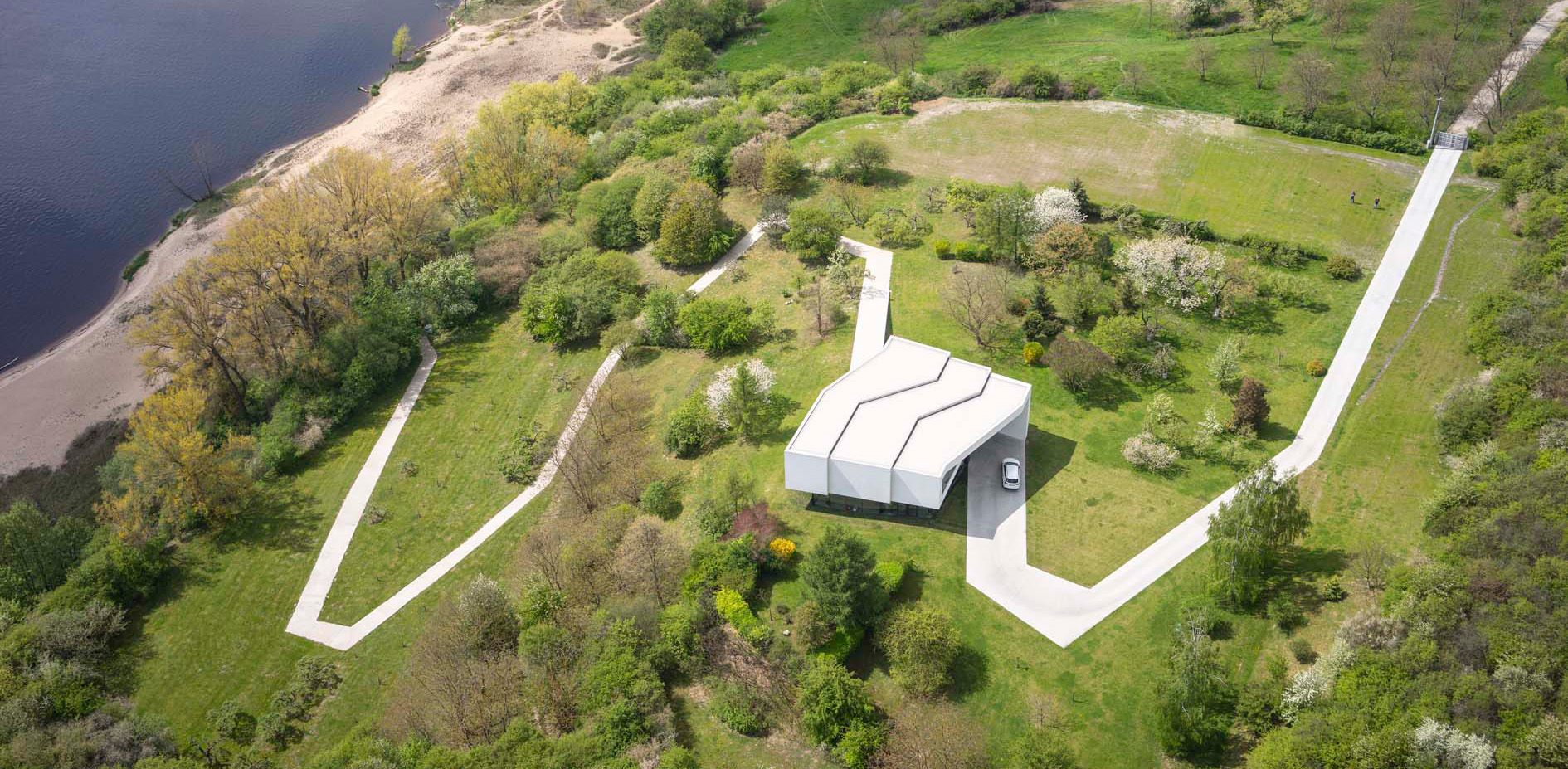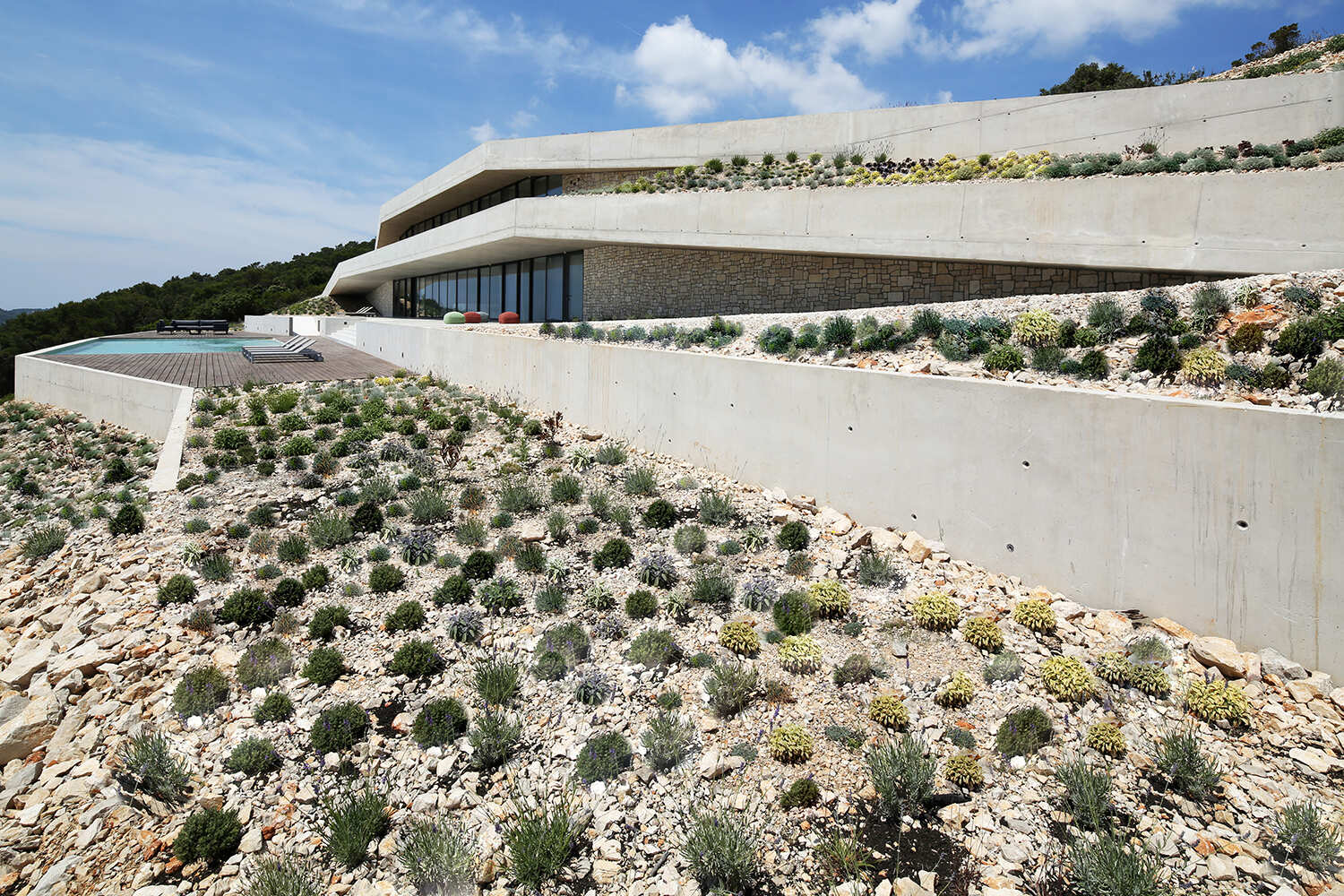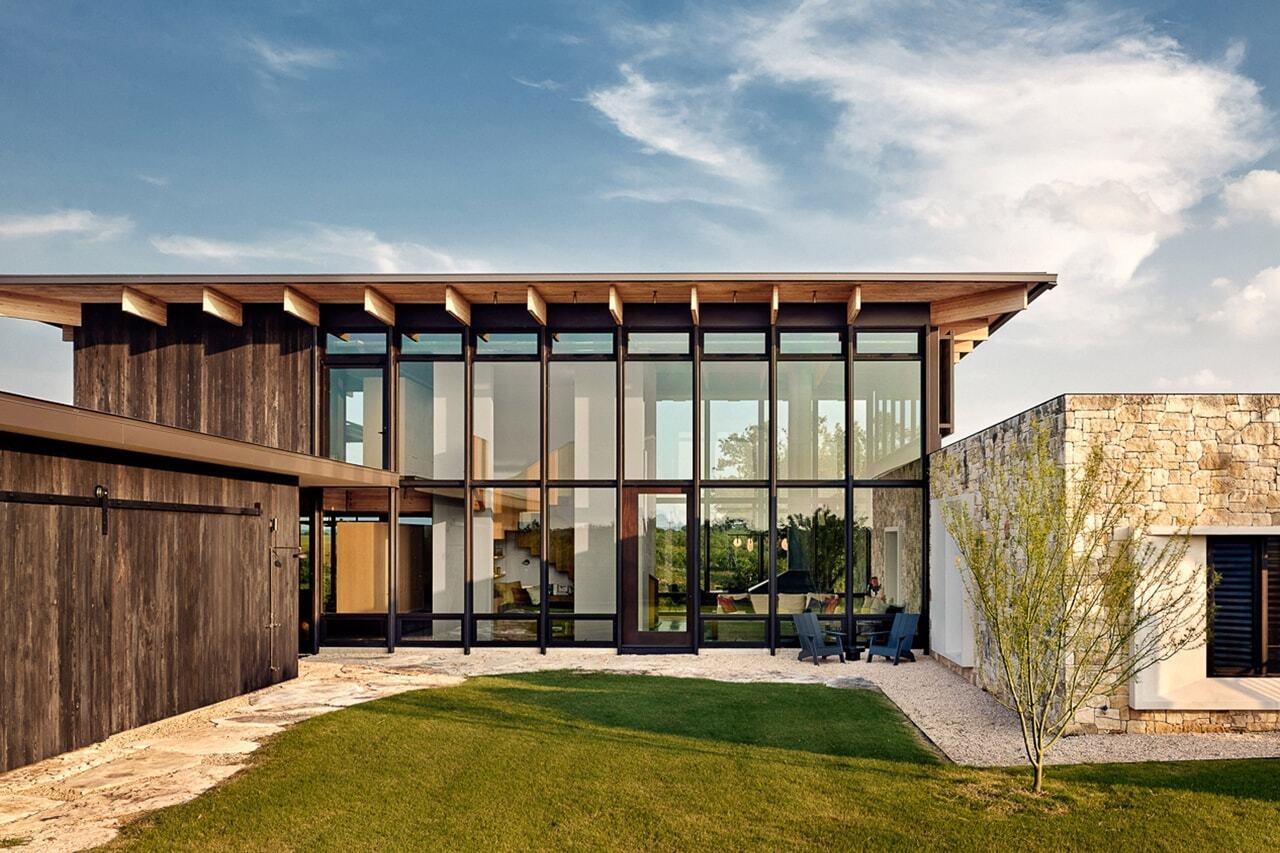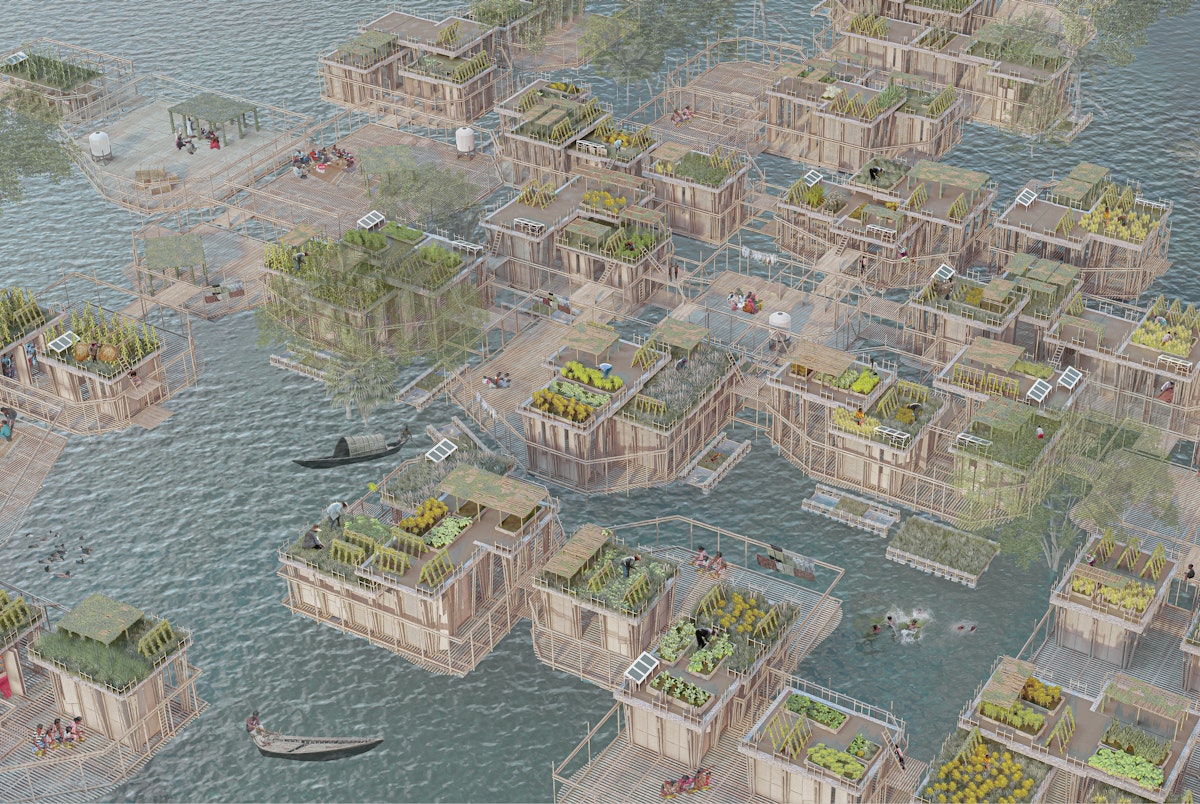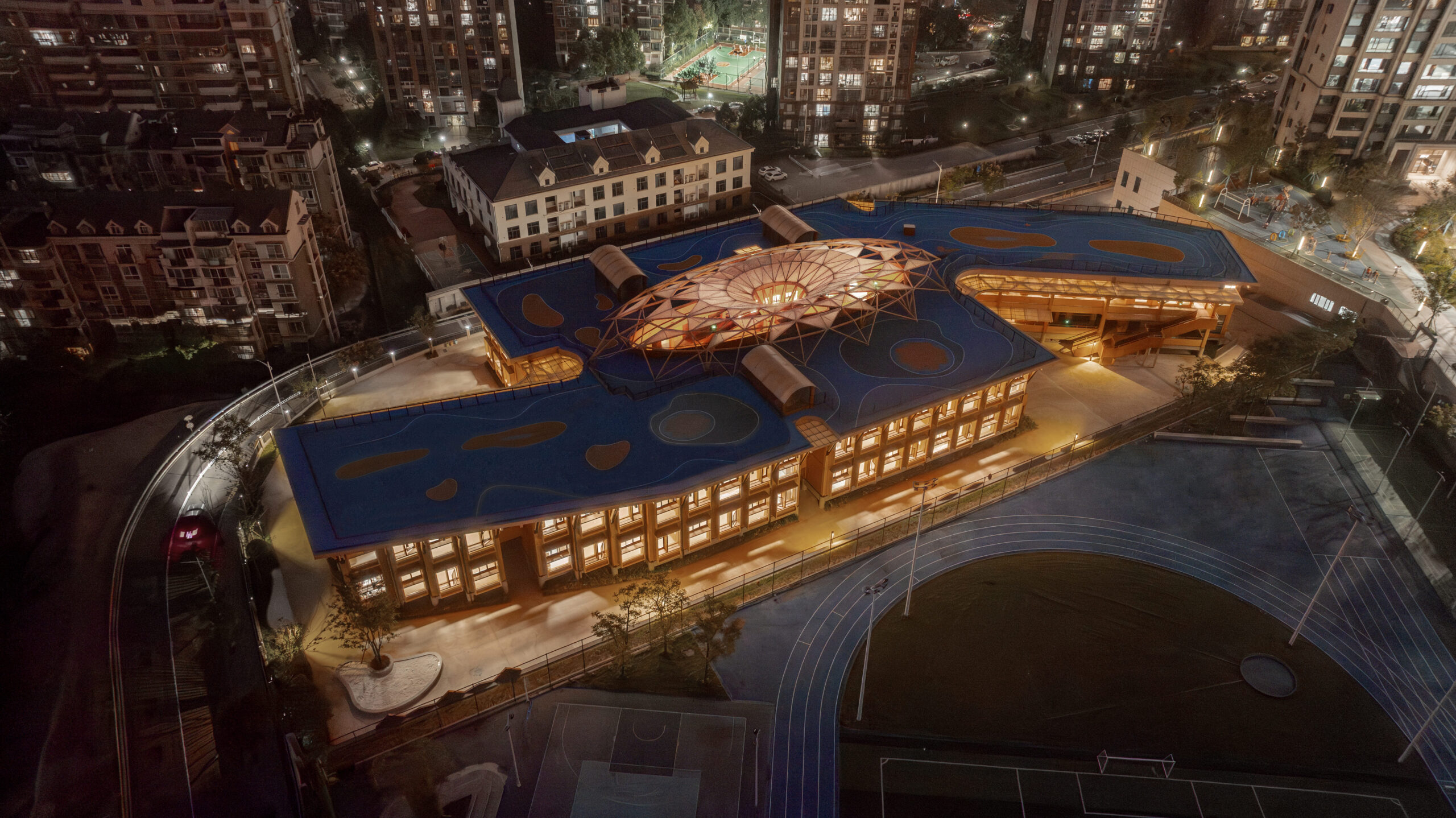End of the Infinity Pool As We Knew It: The Evolution of Luxury in Villa Architecture
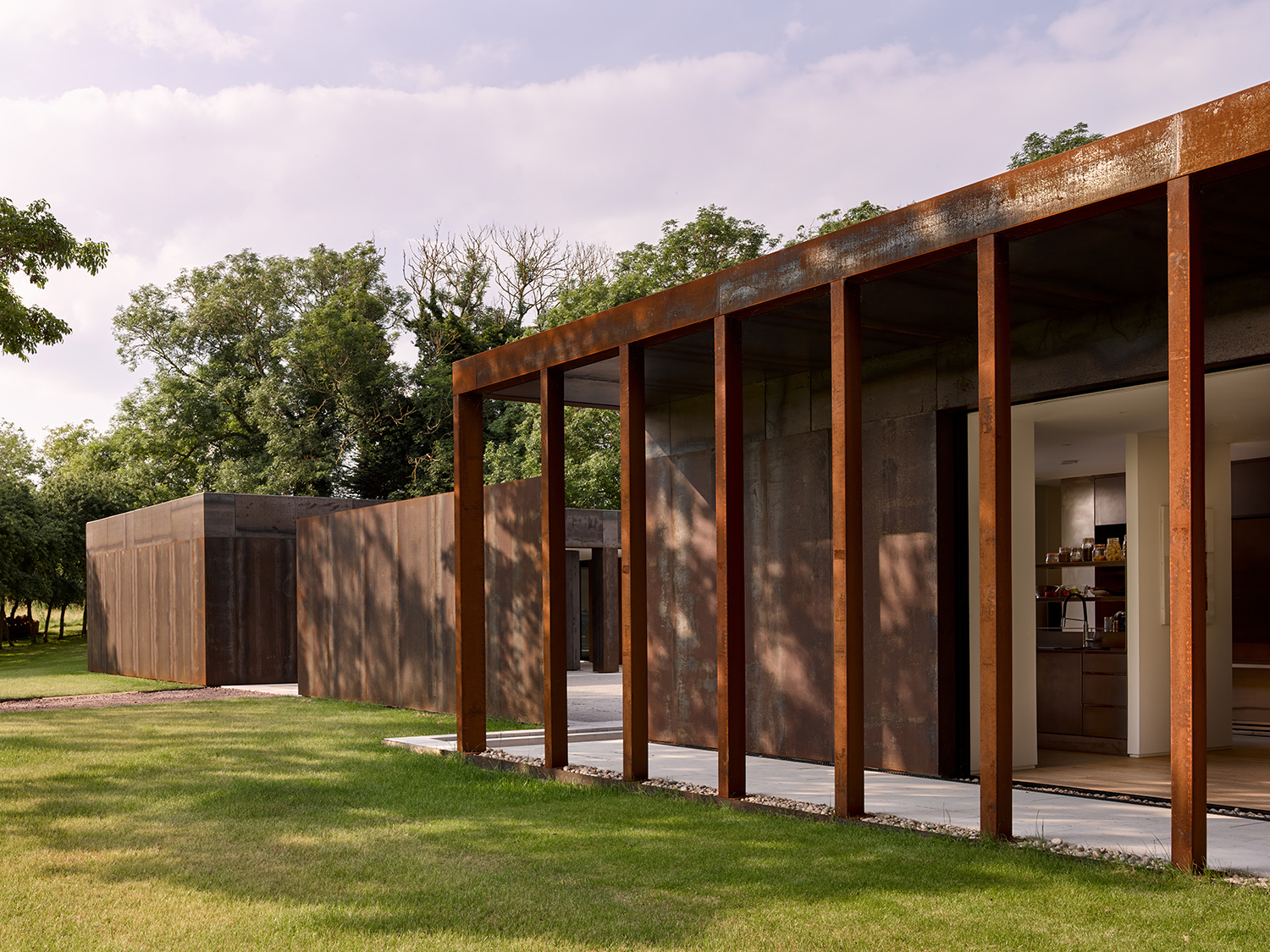
The winners of the 13th Architizer A+Awards have been announced! Looking ahead to next season? Stay up to date by subscribing to our A+Awards Newsletter.
Looking back at the 2010s, one could say that they were definitely an era of so-called “loud” luxury. With the rise of social media and reality TV came a wave of oversized homes inside which tropes like sculptural staircases, marble counters and infinity pools thrived. All recognizable luxury elements stood for a certain kind of success, a visual checklist of what a dream home should include, if you will.
However, in the post-Kardashian dystopia of the 2020s, luxury can no longer afford to be loud in any way: neither financially, nor visually, and certainly not environmentally.
While luxury still exists (the wealthy haven’t gone anywhere), the version that once dominated feels dated. In a time marked by economic pressure, heightened climate awareness, and general aesthetic fatigue, a new idea of what a luxury home looks like is gaining ground. One that’s quieter, more rooted, and far less focused on showing off.
Luxury as a Spectacle
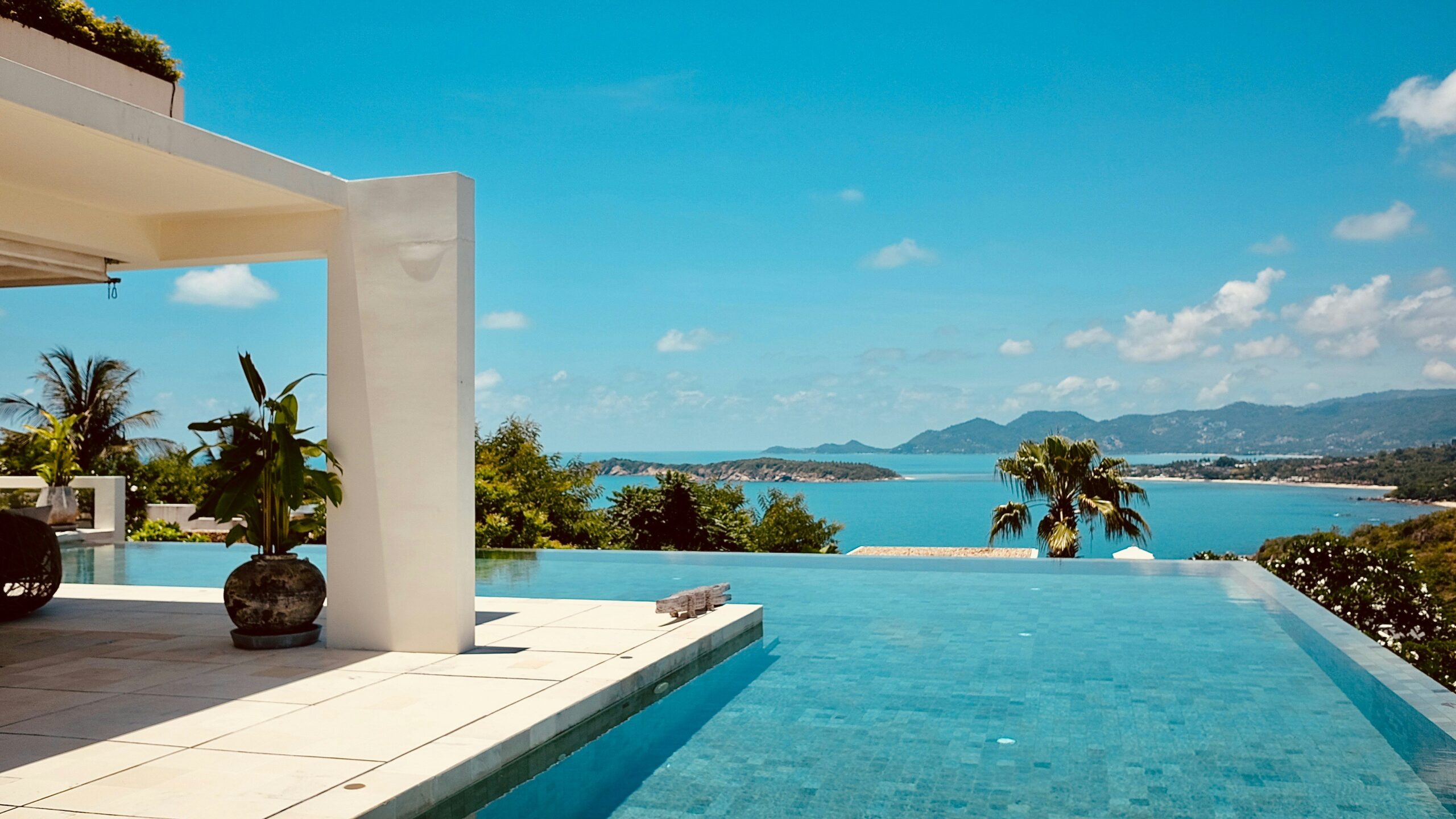
Photo by big.tiny.belly on Unsplash
For over a decade, the luxury villa followed a familiar formula. It was large, freestanding, and typically placed in locations chosen more for the view than for day-to-day comfort. Its defining features were easy to recognize: floor-to-ceiling glass, open layouts without shading, marble surfaces, and glossy finishes throughout. And, of course, an infinity pool to enjoy the view of the untouched landscape (aside from the oversized concrete platform you’re now sitting on, of course).
Whether the intention was to signal wealth or simply follow the trend, this specific mix of elements held a tight grip on villa design. The setting rarely played a meaningful role. Whether built on a Mediterranean coast or deep in the forest, the result was often the same. White walls, flat roofs and a lot of glass. Oftentimes it was just luxury for the sake of luxury, designed to announce itself on sight.
Still, the luxury villa–infinity pool duo had an undeniable positive influence as well. These projects set new benchmarks for execution, often delivered with an obsessive attention to detail that didn’t go unnoticed — by clients or by the industry at large. The pursuit of visual perfection raised expectations around finish quality, material precision and technical delivery. Their emphasis on open layouts and expansive glazing reshaped ideas of spatial flow and indoor–outdoor continuity. Just as importantly, they helped normalize tools like digital rendering, drone photography and polished visual storytelling, which now shape how architecture is presented and consumed. Many of the techniques refined during this period continue to influence the field, even after particular aesthetics fall out of fashion.
But over time, the repetition dulled the shine. What had once felt distinctive began to blur into a single, predictable image. Eventually, even the idea of timeless luxury wasn’t able to keep up with the reality of a changing world.
The Death of Luxury as We Know It
While the 2010s villa was born in a time of economic optimism, global travel and curated digital lifestyles, the 2020s feel a lot heavier. (A post-Kardashian dystopian nightmare, I tell you!). Soaring living costs, housing inequality and climate anxiety have reshaped how people relate to space and, even more so, to excess. During the pandemic, when most of us were stuck in cramped apartments, the sight of celebrities casually posting from marble bathtubs and private tennis courts didn’t exactly age well. Designs that once stood for freedom and success started to feel strangely oblivious.
A luxury home set in nature but sealed off from it, running on imported stone and round-the-clock air conditioning, doesn’t quite land the same way anymore. The issue isn’t just the cost or carbon footprint, but the overall disconnect. These homes exist in a kind of bubble, ignoring the world around them and that disconnection has started to feel uncomfortable. The infinity pool (once admired as the height of luxury) started to feel like a tired trope. Once a symbol of calm and indulgence, it slowly became a design cliché when inserted without regard for site, climate or function.
And aside from the increasingly noticeable tone-deafness of it all, there’s also the matter of character, or rather, the lack of it in many of these designs. The sea of glass walls, beige palettes and mood lighting has started to look less like restraint and more like erasure. In pursuing timelessness, they sometimes left little room for personal expression. They told you nothing about who lives there or where you even are. You could be anywhere, which is increasingly (and ironically) the problem.
So the textbook luxury villa that was once aspirational, started feeling predictable. Built to impress, it struggled to hold meaning in a world that started asking different questions.
How Contextual Awareness Became the New Luxury
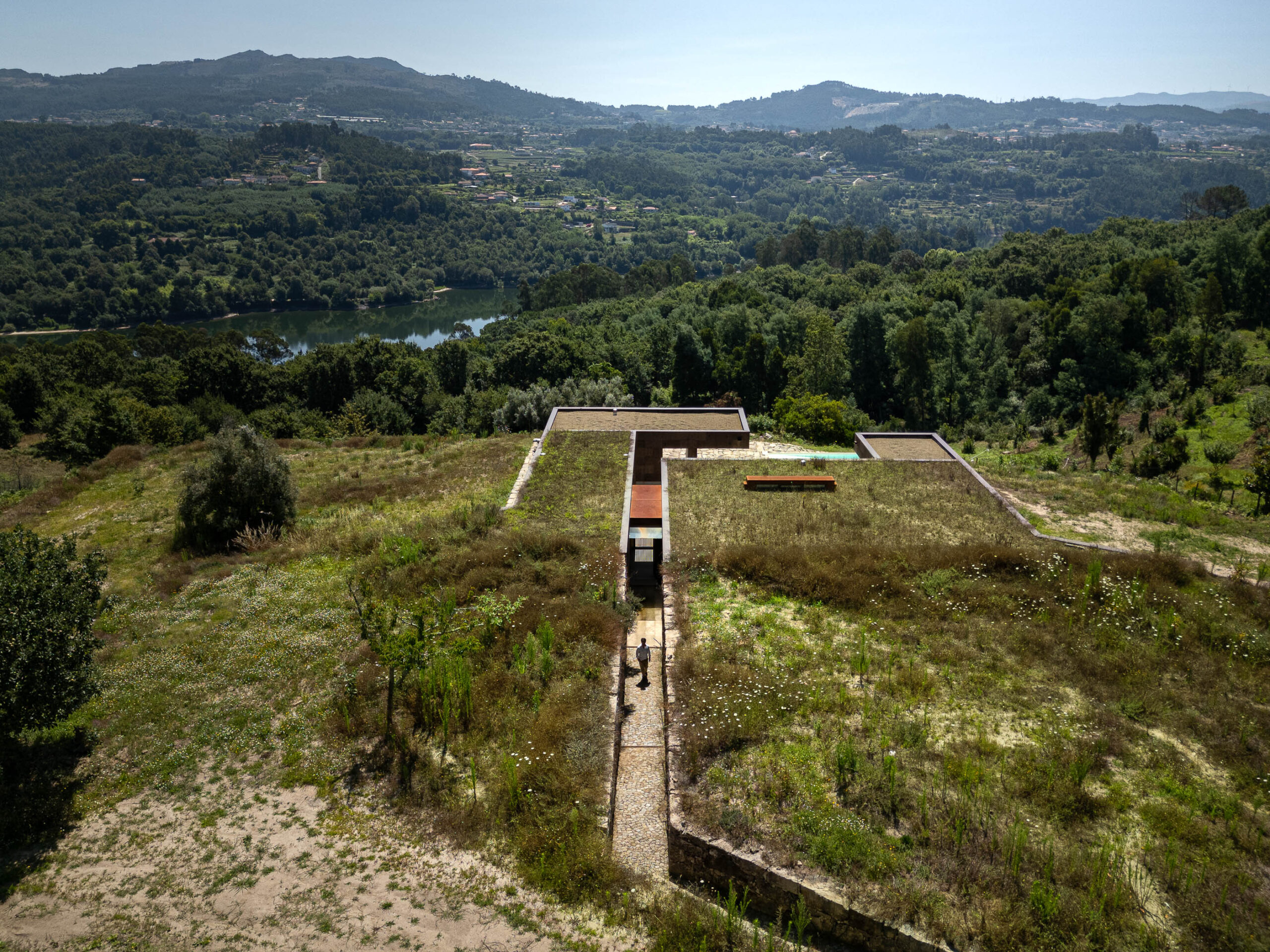
Casa da Levada by Tsou Arquitectos, Penafiel, Portugal | Photos by Ivo Tavares. Jury Winner and Popular Choice Winner, Sustainable Private House, 13th Architizer A+Awards
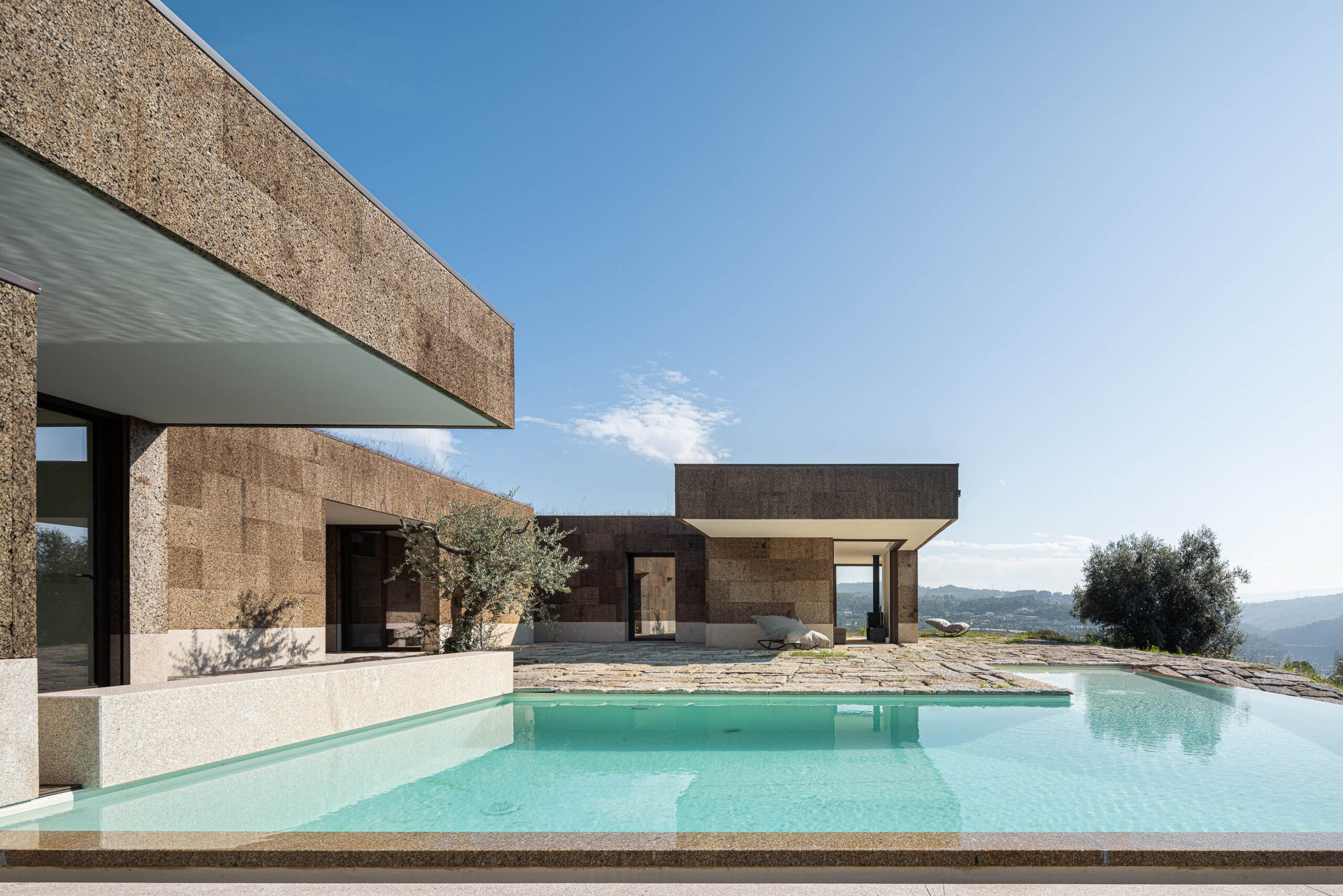
Casa da Levada by Tsou Arquitectos, Penafiel, Portugal. Photos by Ivo Tavares | Jury Winner and Popular Choice Winner, 13th Annual A+Awards, Sustainable Private House.
High-end homes are still alive and well, but are no longer chasing size or spectacle. Instead, they are beginning to reflect their surroundings, their climate and the lives of the people inside them.
Oversized footprints are giving way to carefully planned spaces. There is more interest in shade, thermal mass and cross-ventilation than in floor-to-ceiling glass. Views are still important, but they are being framed with intent. Textured finishes, courtyards and earthy tones are replacing smooth surfaces and echoing voids.
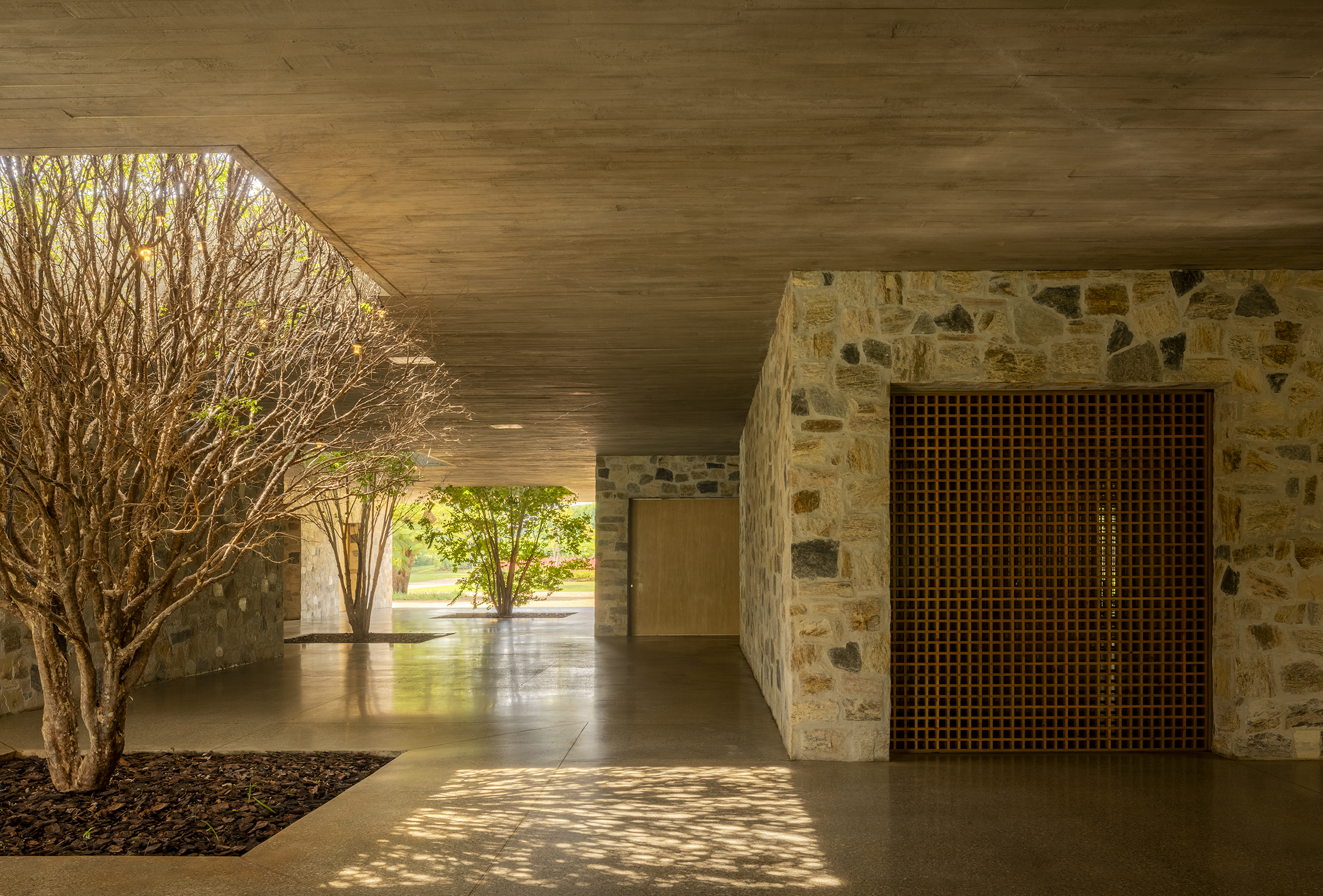
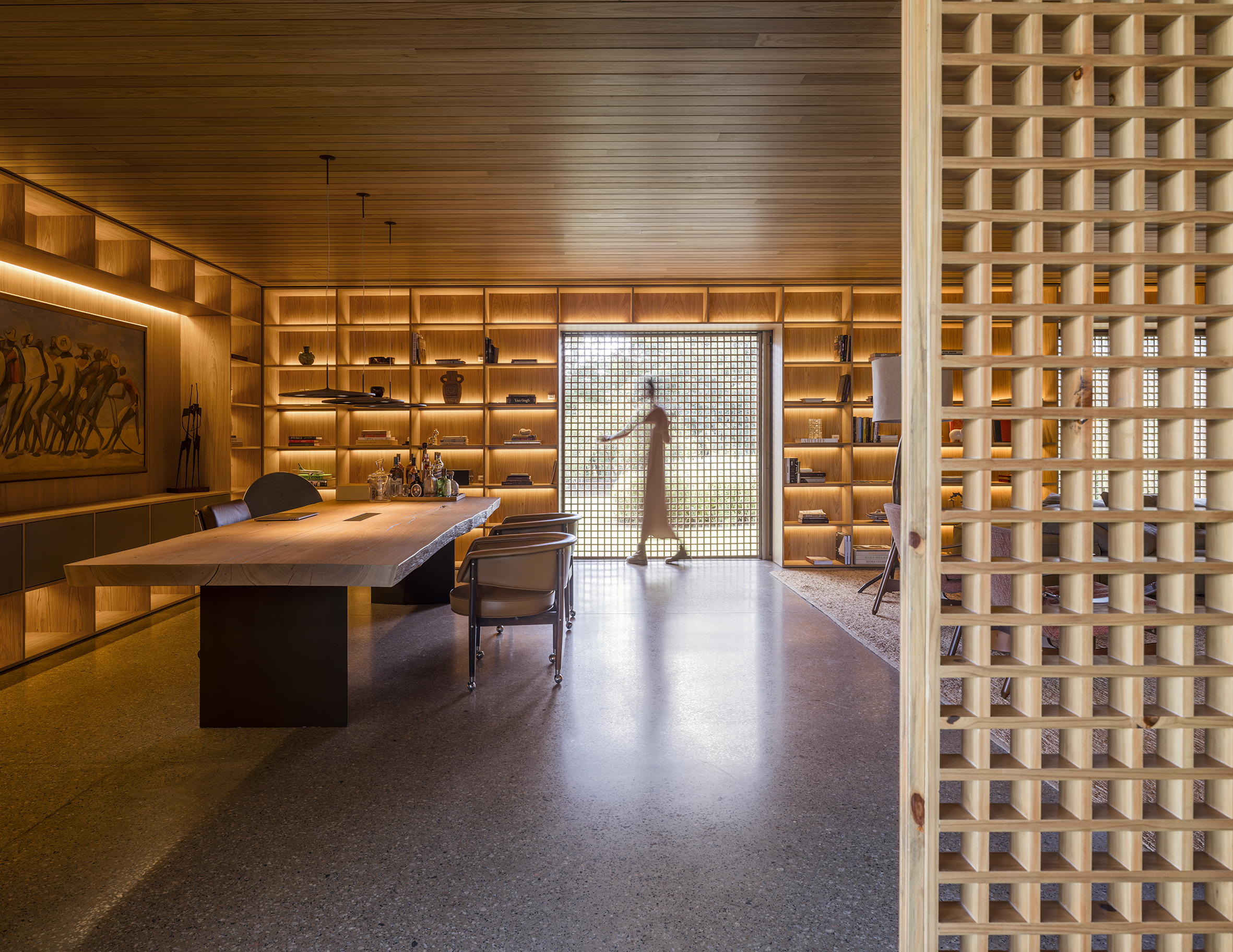
Village House by Studio MK27, Porto Feliz, Brazil | Photos by Fernando Guerra | Popular Choice Winner, Residential Interiors (>3000 sq ft), 13th Architizer A+Awards
This shift is clearly visible in the contemporary work that’s gaining traction right now. Looking at this year’s Architizer A+Awards winners, one thing stands out. Many of the featured homes respond to local conditions not just through layout but also through materials, construction methods and labor. Some reinterpret regional traditions, others adapt vernacular forms with restraint and precision. Passive cooling strategies, climate-responsive materials and locally informed building techniques are no longer treated as exclusive sustainability features. They have become the starting points of design. Whether the site is rural or urban, the architecture shows awareness of where it is and what that place requires.
Luxury now seems to require more responsibility. If you can afford imported stone and a panoramic view, you can probably also afford to care about where the stone came from and what the building does to the land.
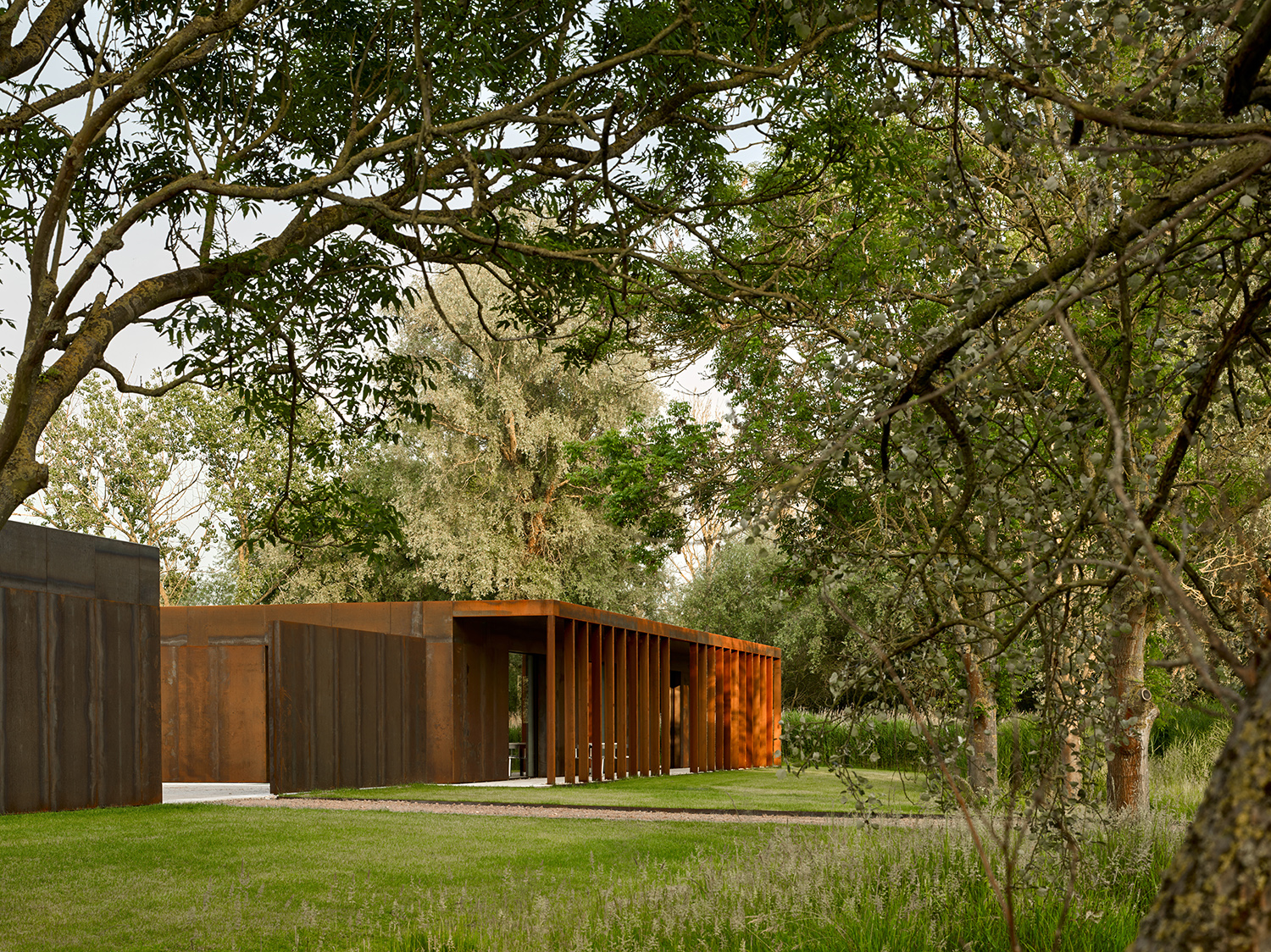
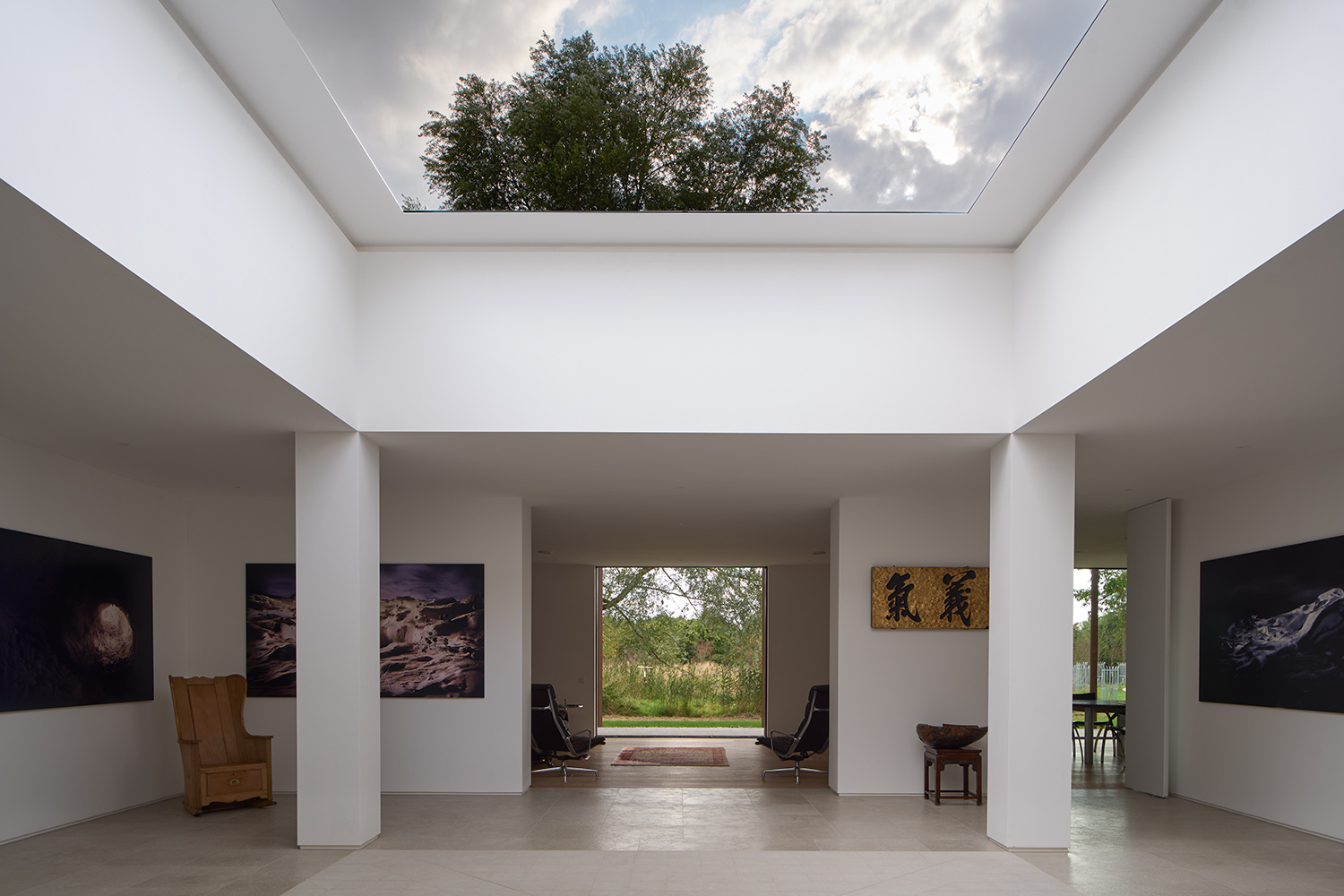
Mill Hide by Poulson Architecture, Melbourn, United Kingdom | Photos by Nick Guttridge | Popular Choice Winner, Private House (L>4000-6000 sq ft), 13th Architizer A+Awards
And because these homes often reflect and reinforce broader aspirations, there’s reason to hope that the emphasis is shifting—from appearances alone to a more considered kind of design. The villa hasn’t disappeared, but it’s being reconsidered. It no longer leans so heavily on spectacle. Instead, it draws from its context and responds with more clarity and restraint.
In this light, luxury becomes less about accumulation and more about coherence. About creating spaces that hold meaning because they’re tied to place, to climate and to the people who live there. The houses gaining attention now are those that don’t rely on a singular look or finish, but on the quality of thought behind each decision.
The winners of the 13th Architizer A+Awards have been announced! Looking ahead to next season? Stay up to date by subscribing to our A+Awards Newsletter.
The post End of the Infinity Pool As We Knew It: The Evolution of Luxury in Villa Architecture appeared first on Journal.





















